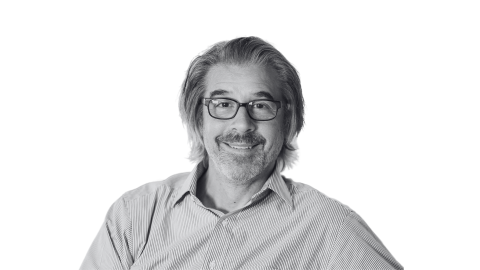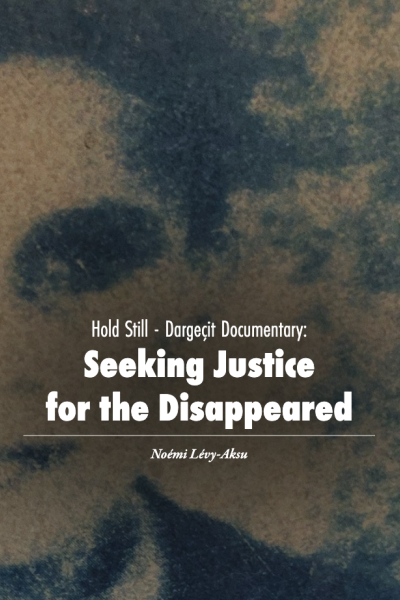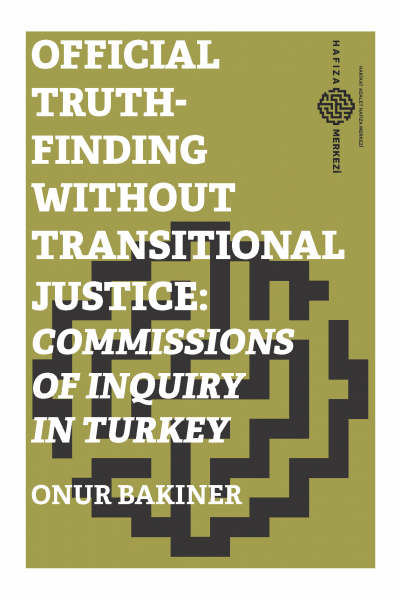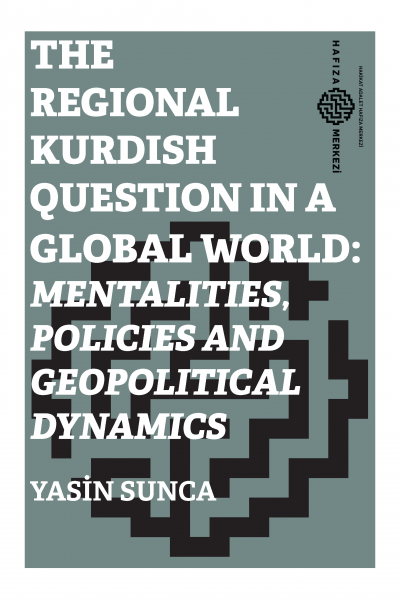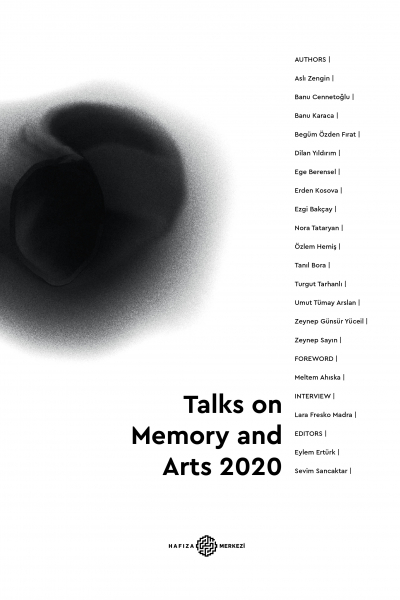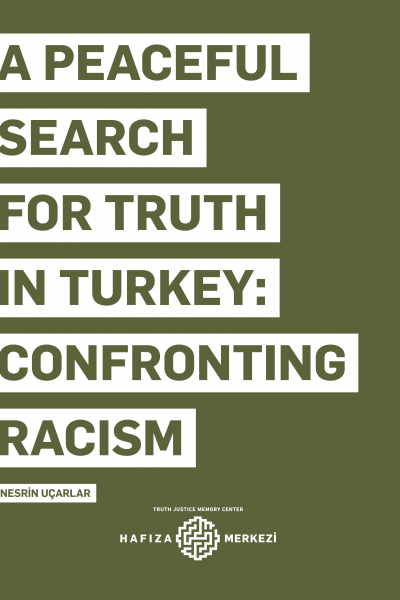
Restorative Justice Interviews (2): Colombia, Mexico and the transformation of transitional justice
Interview: Noémi Lévy-Aksu
You have worked on transitional justice processes from a comparative and critical perspective, with a special focus on Latin America. How have approaches to transitional justice changed over the years?
The concept of transitional justice has evolved a lot in the last ten years. When it emerged, the concept referred to contexts where a transition was taking place, either from dictatorship to democracy, or from war to peace. At that time, there was the notion that transitions imposed restrictions to what could be done, particularly in terms of justice, so that people leave power, or stop the war. That was the basic logic of “transitology” in the 1990s. Therefore, talking about justice was problematic.
Thirty years have passed since then, and now it is not so clear that transitologists were right in thinking that justice destabilized transitions. There were a lot of contexts of transitions where tribunals were established, where people were put in jail, particularly in Latin America.
On the other hand, the paradigm of transitional justice became so popular, so mainstream in the realm of human rights, that we started thinking that it was possible to bring transitional justice to places where the transition was not so clear, such as Colombia a decade ago. Could we really talk about transitional justice there? Not really, because conflict was still going on and the government was only negotiating with some armed groups, not others. So, the transition was partial at best. Colombia was a big experiment where you had transitional justice without transition, or with only a partial transition. Transitional mechanisms were used not only with the purpose of accountability, but also with the idea that they could contribute to peacebuilding. This generated the notion that transitional justice could be used even in contexts where no transition was taking place and where we didn't even know whether a transition would ever take place, such as Mexico.
In your work, you have pointed to some limits of this widespread use of the transitional justice concept. Could you elaborate on this point?
When I arrived in Mexico in 2017, the recently elected president began to talk about peacebuilding, justice and truth, and NGOs saw it as an opportunity to make a proposal on transitional justice. I worked for months with them on such a proposal, but I and many others frequently insisted on the inappropriateness of talking about transitional justice in such a context. We all knew that there was no transition taking place at that moment, and that it was unlikely for one to occur in the near future-- or probably ever.
Mexico is an electoral democracy and its main problem is organized crime and its infiltration of the state apparatus. There is no war from the point of view of international law. In such a context, measures of transitional justice were proposed with the hope that they could perhaps set the grounds for some sort of transition. But we didn't really know from what to what Mexico could transition.
We wanted it to move away from generalized violence and macrocriminality. We believed in accountability, in truth, in reparations, in developing a victim-centered approach, in institutional reform to dismount macrocriminality and to ensure non -recurrence, in building a culture of peace. All these are typical transitional justice measures, but it was the notion of transition that did not fit. So, it felt more appropriate to find other concepts like transformative justice.
Also, I think that the concept of transitional justice did not resonate with the people in Mexico. It sounded foreign, technical and imposed by NGOs from the center, far from local experiences.
In the case of Colombia, in the last twenty years the context evolved towards a peace process. How has this process dealt with the perpetrators of human rights violations and crimes?
There is a radical difference between Colombia today and twenty years ago. We passed from a situation of conflict to a situation of peace-building. There is still violence, but not in the extraordinary levels and scope of wartime. Most armed groups have given up arms and entered reintegration processes. And many mechanisms have been implemented to promote justice and build peace. The mechanisms of transitional justice are being implemented not only as accountability mechanisms but also as co-producers of peace.
An emblematic institution is the Jurisdicción Especial para la Paz/Special Jurisdiction for Peace (JEP). This tribunal took on the mission noy only to criminally prosecute perpetrators of atrocities but also to tell the truth about the conflict. It investigates the patterns of criminality, the repertoires and targets of violence, with the aim of producing a macro-narrative, a story of what happened and why. The macro-narrative is organized around important crimes—such as kidnapping, sexual violence, civilian assassinations presented as deaths in battle—especially affected victims and regions, and the structure of responsibility and mode of operation of armed actors.
JEP prioritizes cases on the grounds of these categories and aims at producing thick rulings that englobe all those cases belonging to them—sentencing responsible perpetrators and acknowledging victims. JEP’s procedure to investigate cases, amass evidence and produce rulings is strongly participatory, and it requires perpetrator acknowledgment of crimes and harm for the application of reduced and restorative sentences to occur. This is a very unique feature of the Colombian case: punishments can consist in reparation measures, such as public works or environmental projects. But for that to be the case, perpetrators must recognize their responsibility. As such, JEP was designed to be transformative not only through its outputs, but also through its process. It is expected to transform not only society’s understanding of conflict, but also perpetrators’ and victims’ stances and perceptions.
In the article “Transitional Justice, Restorative Justice and Reconciliation”, which you co-authored with Rodrigo Uprimny Yepes in 2005, you voiced concerns about the use of restorative justice as a dominant paradigm in the process of negotiation started by the Colombian government at that time. Twenty years later, what role does restorative justice play in the Colombian transition?
Our article addressed the early phase of the process, which was a negotiation between the state and right-wing paramilitary groups. The president of the time, Alvaro Uribe, had been a promoter of such groups as governor and there were strong accusations that he was complicitous with them and that they had supported his political campaign. So, when he negotiated with such groups, he wasn’t really negotiating with an adversary, but rather with an ally. Uribe began to use the concept of restorative justice with the aim of promoting an amnesty or an institutional design that entailed judicial proceedings but not sanctions. He pointed to the South African case as model, and even convoked a conference where Desmond Tutu was invited.
Our article reacted to that context. We argued that restorative justice could play a very important role in transitions, but only in articulation with criminal justice. It was problematic to consider that it could fully replace criminal proceedings. In Colombia, the political discussion of the law to deal with paramilitary atrocities moved away from amnesties and designed special judicial proceedings (the justice and peace tribunals) where punishment could be reduced to 5 to 8 years in exchange for truth, reparations, and non-recurrence.
JEP’s design built upon and improved that experience. JEP is a criminal tribunal, which contemplates not only reduced sentences but also restorative punishment. Instead of fully replacing sanctions—as in South Africa, where amnesties were granted in exchange for truth and reparations—it orders sanctions against perpetrators of atrocities. But such sanctions are peculiar. They are reduced in time, they can be paid in places different from jails—though they restrict freedom—and they can consist in restorative actions that also entail reparations as long as perpetrators acknowledge the truth. This is a novel way of using restorative justice within transitional criminal justice, which is particular to the Colombian case.
This is a promising approach, since we know that the South African model is problematic, as it left the worst crimes totally unpunished. On the other hand, we also are aware of the limits of punishment in the criminal justice system. Most of the times, punishment does not fulfill any objective other than retaliation. It is not resocializing. In many cases it entails rights violations when prisons are overcrowded, inadequately supervised and short on resources.
There is a common tension among many NGOs and academics, who at the same time criticize imprisonment and punishment in the ordinary criminal justice system and demand heavy punishments in the case of gross human rights violations. Of course, there is a justification for this: we want punishment to aim at the worst crimes; we consider it unfair for punishment to be lax with respect to these crimes while it is severe with respect to ordinary ones. But in defending punishment, we are still often defending system in which we really don't believe, that is, punishment for the sake of punishment without the possibility of transforming people, without the possibility of reincorporating people into society.
I think the Colombian case is an interesting compromise, because it has the language of criminal justice, it individualizes people, it assigns responsibility; yet the punishment is transformative, it helps to reintegrate perpetrators into society and to reconstruct the country. JEP distinguishes between the very high in command who have committed atrocities and the rest. While high-level perpetrators are prosecuted and sentenced, the others can apply for an amnesty if they tell the truth.
We have yet to see how the International Criminal Court and the Inter-American Human Rights Court will react to this institutional design. Will they consider that the international duty to prosecute and punish can be fulfilled even if effective prison is not served? If sentences are short and hence perhaps non proportionate to the crimes committed?
Do you think that the original model of the JEP could be replicated in other countries, without a process of political transition?
In Colombia, JEP was the result of a peace negotiation between the different sides to the conflict. It was a compromise between a guerrilla group that originally did not want to be judged pr to pay even one day in prison, and a government who wanted to apply to it the full weight of law and to comply with its international law commitments. JEP was a very creative solution to bring such stances closer. To deal with FARC’s mistrust of the ordinary judiciary, JEP was designed as a special jurisdiction selected through a special process that entailed the supervision of the international community and the participation of actors that did not traditionally belong to the judiciary— there are many academics, some activists as well. To deal with the government’s requirement of satisfying international law standards, JEP is a criminal tribunal with the power to investigate, judge and sanction.
It seems hard to think about transplanting this model into other societies, particularly those that are not in the midst of a transition or are not negotiating peace. In such contexts, it might be better to begin by promoting peace-building societal mechanisms at the local level, which can contribute to create d reinforce a transformative horizon. To some extent, this is what happened in Colombia during the decades of conflict before the peace process. In areas affected by conflict, many communities began to promote nonviolence and peacebuilding mechanisms. There were very courageous communities, indigenous and peasants who constituted themselves as peace communities, where they didn't let armed actors inside, including the state, in many cases at great risk. This culture of non-violence likely helped people accept the peace negotiation and the non-punitive approach they took. Many victims in Colombia didn't necessarily only or mainly want criminal justice. They wanted to live in peace; they wanted truth, reparations, and the acknowledgement of perpetrators.
Documentation work at the local level is also crucial in the context of ongoing conflicts and dictatorships. For instance, in Argentina, the work of the Truth Commission was largely grounded on the datasets of NGOs, which collected information about disappeared persons and clandestine centers of detention and extermination. Their documentation work helped producing a narrative about the patterns of atrocities, which greatly contributed to justice. The trial of the juntas in 1985 organized its cases around detention centers in the same way that NGOs and the Truth Commission had.
But documentation is also important for the truth, even if it does not lead to legal accountability. Documentation helps understand the system of macrocriminality and the patterns of violence. A good example is the case of the 43 students who disappeared in Ayotzinapa, Mexico. Even though the judicial system has failed to prosecute the main perpetrators and to produce truth about the case—for a long time it even helped to hide and distort the truth—documentation by the relatives and the NGOs who supported them was used by an international independent commission of experts, which challenged the official narrative about what had happened and exposed the collusions between criminal organizations, the police, the military, and members of the judiciary.
How do you see the future of the peace process in Colombia? Have the transitional and restorative justice mechanisms you described contributed to reconciliation?
There are still profound challenges for peace to work in Colombia. Not all armed groups have demobilized and many members of the ones that had demobilized have rearmed and are still exerting violence against civilians.
Moreover, there is still a lot of disagreement about the peace process in Colombia. The peace agreement reached between the Colombian government and the Revolutionary Armed Forces of Colombia (FARC) was rejected by popular referendum in 2016. In part, it was rejected because people were for peace in very different ways, while the campaign against it had a very simple and unifying message. Some people opposed the lack of punishment or the fact that the FARC were going to participate in politics. But many people who voted no said they were not opposed to peace. Their motto was “paz sí pero no así” (“yes to peace, but not like this”). However, after the vote, many grassroots organizations began to prioritize the peace agreement`s enforcement. The plebiscite failure made many people understand the relevance of the peace agreement and own it much more.
So, it is not a linear story of success. While peace has been gaining support and co-producers at the local level, there are also strong resistances both in the public discourse and de facto in the form of violence.
There tends to be a general agreement about peace in the country. But we define peace very differently. There is disagreement about what peace means, what it includes and what it excludes, what it is admissible and what is not. JEP continues to be criticized by many. But its proceedings and results may also be transformative. For instance, JEP has now started to prosecute the armed forces. This is sensitive the armed forces have legitimacy in Colombian society. Many people perceive them as the defenders of the country against the guerrilla. They also consider it problematic for the armed forces to be put at the same level as the guerrilla in judicial proceedings. So JEP has to build its cases and evidence in such a way that responsibilities are likely to be acknowledged and that society may accept their truth. This is a very difficult task.
The question about the efficacy of different mechanisms is largely context-dependent. There are, for instance, important differences between dictatorships and civil wars, as well as among different types of war. When there are two sides to a conflict that have committed atrocities, it is easier to promote and to defend a negotiation-based transition. In such contexts, the two sides to the conflict become political actors who attempt to leave behind their radical stances and find compromise. This happened in cases like Northern Ireland, South Africa, Colombia, Salvador, Guatemala. Such situations are very different from contexts of vertical violence exercised by the state, as happened for instance in the dictatorships of the Southern Cone. Even if there were insurgent groups combatting the state in such cases, authoritarian governments made of repression and extermination a policy. In such cases, the language of war, negotiation or reconciliation seems inappropriate.
▶ Restorative Justice Interviews (1): Structural dimensions of injustice and restorative dialogue
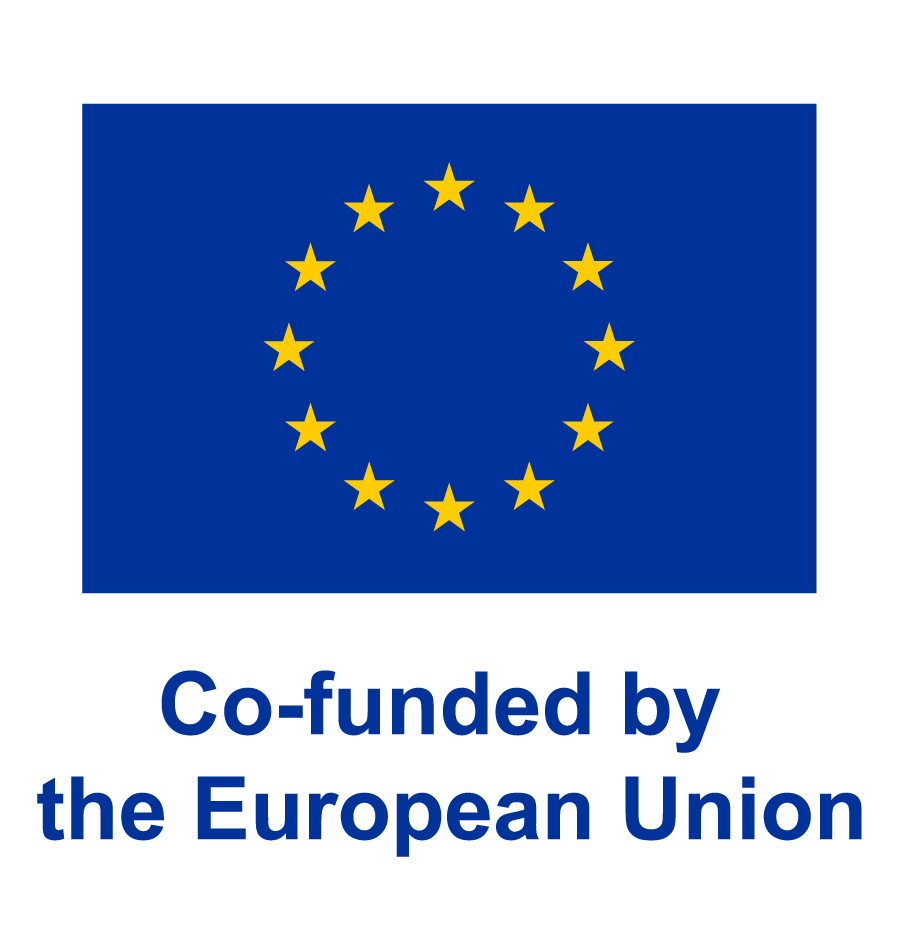
This interview is carried out with the support of the European Union through the Justice Heals project. Its contents are the sole responsibility of Hafıza Merkezi and do not necessarily reflect the views of the European Union.



